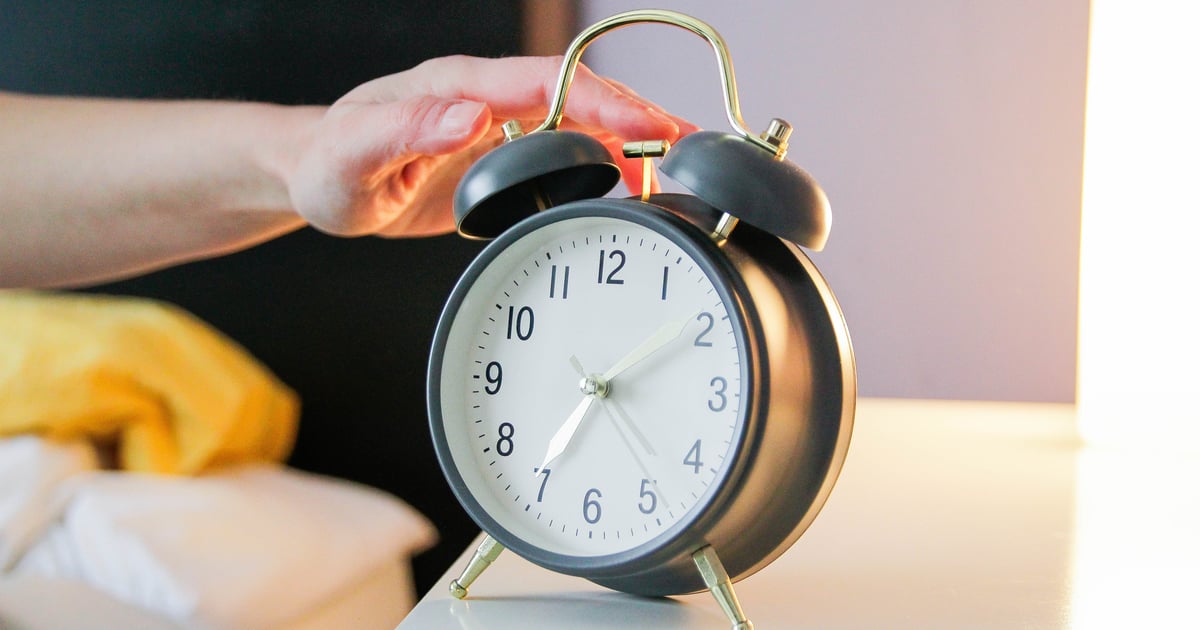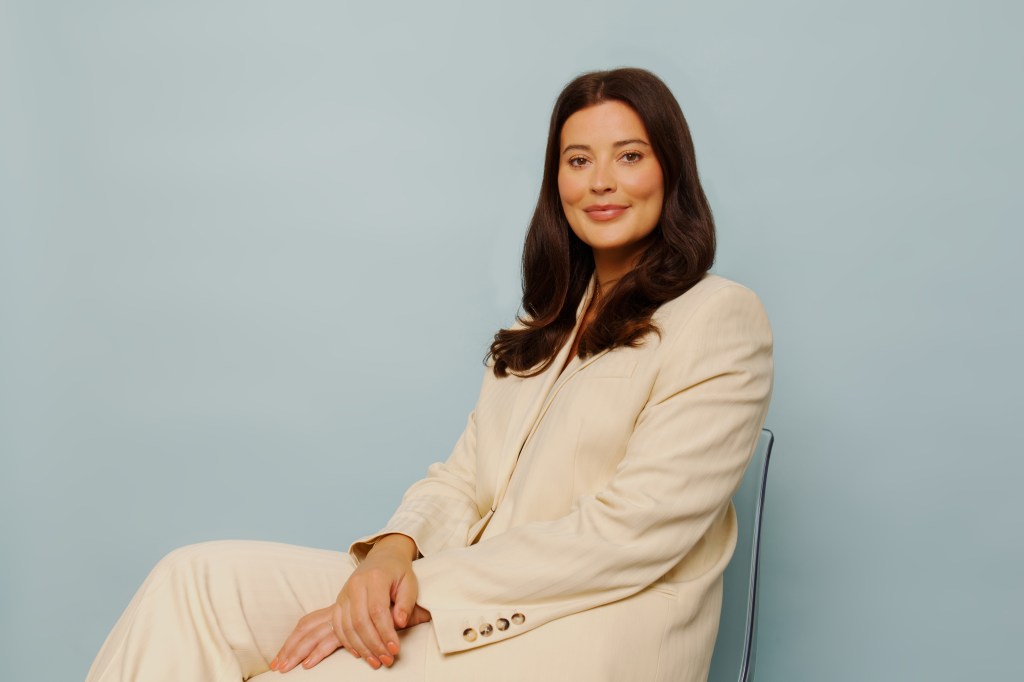It’s nearing midnight, but I can’t sit down. I still have 20 more minutes of standing left to do. No, I’m not doing some “Survivor”–esque endurance challenge, nor am I being tortured (well, not by anyone but myself). I’m trying to live my life based on the findings of a new study that claims the “healthiest” way to spend your day involves sitting, standing, moving, and sleeping for very specific amounts of time.
The research, published in the journal Diabetologia, states that, for optimal health you should break up each day’s 24 hours thusly:
- 6 hours of sitting
- 5 hours and 10 minutes of standing
- 8 hours and 20 minutes of sleeping
- 2 hours and 10 minutes of light-intensity physical activity
- 2 hours and 10 minutes of moderate-to-vigorous physical activity
As someone with a job that largely involves hunching over a laptop all day, this sounds like a lot for a weekday. I do a double take as I realize that I need to make time for nearly four and a half HOURS of activity. Sure, the light-intensity activity can be household chores, and moderate-to-vigorous activity counts things as gentle as walking. Even so, it’s more than I’d normally spend moving, for sure.
The standing time seems especially arduous, especially considering they’re counted separately from movement hours. If you factor in the activity, you’re really standing for closer to nine and a half hours – eek.
As I dug into the details of study, I was immediately skeptical about how attainable this timetable was for everyday living. So, I decided to try to live one 24-hour period in this cardiometabolically “optimal” manner and write about the results.
Spoiler: by the end of the day, the dogs were a-barking and I was very ready for my eight-hour sleep. Here’s how it went.
Experts Featured in This Article
John P. Thyfault, PhD, FACSM, FTOS, a professor studying cell biology, physiology, endocrinology, and diabetes at The University of Kansas Medical Center
Where Does the 24-Hour Breakdown Come From?
The new Diabetologia research looked into the behaviors of 2,000 people within a 24-hour period with the goal of figuring out the breakdown of time that was associated with the “best” health measures – things like blood sugar stability, blood pressure control, optimal cholesterol levels, and and cardiorespiratory fitness. (The researchers who authored the study didn’t respond to PS‘s request for comment.)
The results ultimately suggest that subbing out some of the hours you sit with more physical activity – especially the “light-intensity” kind – can be beneficial for your blood sugar levels. This is true for everyone, but is especially impactful for folks with type 2 diabetes, the study found.
This makes sense. We already know that moving your body and sitting less is good for health, per this review in Progress in Cardiovascular Diseases. That said, the U.S. Centers for Disease Control and Prevention recommends most adults shoot for 150 minutes of moderate-intensity activity a week. That works out to 30 minutes a day, five days a week (plus two muscle-strengthening activities a week), which feels a lot more achievable than what this study is recommending.
The research team’s leader, Christian Brakenridge, PhD, of Swinburne University of Technology’s Center for Urban Transitions, told MedicalXpress he hopes that the study could help inform future daily activity guidelines set forth by federal governments. Sheesh – that would be quite the increase, if it ever happens.
Before we go changing any guidelines, remember that this is the result of one study, says John P. Thyfault, PhD, FACSM, FTOS, a professor studying cell biology, physiology, endocrinology, and diabetes at The University of Kansas Medical Center. There are lessons to be learned from the results, but every individual needs different amounts of activity and sleep, he says. For instance, while physical activity can help decrease stress for some, this level may add more stress to the bodies of those with chronic illness or disability.
Plus, the timetable simply may not be realistic for some – say, people with sedentary jobs, kids, or other responsibilities.
Dr. Thyfault says that some people can follow this schedule and would likely gain benefits, mostly from the intentional decision to sit less and move more. But someone who’s used to only getting 20 minutes a day of physical activity shouldn’t plan to suddenly increase their walking time seven-fold in one fell swoop, especially just because of these findings. “In many cases, you’re going to see more success and continuity of new behavior from incremental change,” Dr. Thyfault says. “It would be better to start with maybe 5,000 steps and you build from there from a physical activity standpoint. You could also have a goal to never go more than 45 minutes continuously sitting.”
Point taken. Still, the exact numbers had piqued my curiosity, and I wanted to try to live this way to a T on a weekday, just to see how it felt. Here’s how that went.
I Tried the Study-Backed Healthiest Day
I wanted to be as accurate as possible, and so I laid out my day in a calendar with some buffer time, assuming I might occasionally forget to stand up or have some calls come up that kept me sitting.
Are you surprised to hear that my day did not go as planned?
Anticipating a full day on my feet, I dug the standing desk I’d ordered in the pandemic (and quickly abandoned) out of my closet and set it back up. I used it for most of the morning and had a great time.
However, by lunchtime things started to careen off the rails. I had more work to do than I thought, so I only had time to run for 30 minutes at lunch, instead of the 60 I’d planned on.
After eating, showering, and doing the dishes – all “light” activity – I returned to my workday. And soon enough, I got busy and realized I’d been sitting for longer than planned.
In order to have a chance of hitting my numbers, and preserving some sitting time for relaxing before bed, I had to drag myself away from my computer and out on a walk at 5:45 pm. I used the time to run some errands (on foot) and chat on the phone with my dad.
I often call my parents while wandering the city, and although I’ve never thought much about the health benefits of this practice, this experiment made me realize my phone chats with my parents aren’t a bad way to engage socially while also getting in some movement. On the other hand, I don’t know if it’s necessarily good for my mental health to constantly optimize activities so I can get the most exercise. No one wants to be the next Raven Ross from “Love Is Blind” season three, doing jumping jacks while her date is baring his soul.
Post-walk, I returned to my remaining work – and ended up sitting for another hour. Once I was finally finished, I was dying to decompress in front of an episode of “Modern Family.” I quickly re-calculated my hours, only to realize I was somehow in my last 5 minutes of allotted sitting time, and it was only 8 p.m. Great…
So, instead of “Modern Family,” I cued up an Apple Fitness+ workout. I still had over an hour of “moderate-to-vigorous” physical activity to do, but I decided I could only handle a 30-minute arm workout. After, however, I felt energized enough to go for one more walk to close out the last 30 minutes of my “moderate-to-vigorous” physical activity requirement.
At this point, it was after 9:30 p.m., and I still had an hour of light exercise left, and an hour and 20 minutes of standing. I was really starting to wish I’d stuck to my plan and saved more of my sitting hours for the night.
To use up the rest of my time, I packed for an upcoming trip and tidied up the house; then caught up with my roomie/bestie while standing instead of curling up on the couch. While I was hyper-aware of being upright during this convo, the experiment made me realize I often stand up while we chat – not looming over her like a weirdo, but just piddling around the kitchen nearby or leaning against a chair as she fills me in on her day. I never thought about it, but I realize this is a good, natural way to avoid sitting.
With that said, Dr. Thyfault says all this standing may not be necessary. He notes that the jury is out on the benefits of standing for long periods. Instead, you may be better off “breaking up sitting time intermittently with brief bouts of standing and movement,” the latter of which he calls “critical.” In other words, simply getting up from your desk to grab a glass of water, take a bathroom break, or stretch every 30 to 45 minutes might make a difference, even if you sit right back down after a few minutes.
By the time I hit my goal numbers that night, it was past midnight and my feet were not happy. I really wanted to sit down – or, rather, lie down and go to sleep. So that’s what I did. I was out almost as soon as my head hit the pillow – and how good it felt almost made the project worth it.
Reflections On the Healthiest Day Experiment
This day was… exhausting. By the end of the (long, long) 24 hours, the whole experiment felt a bit like overkill. Maybe it wouldn’t if I did it every day, but it just wasn’t realistic for my lifestyle.
While I enjoyed some of the additional movement, like the walks, trying to follow a stringent plan like this didn’t feel great for my mental health. While I might make it a goal to stand up more during the day I prefer less rigidity and probably wouldn’t try to stick to specific numbers again.
And truthfully, I don’t think many people could try to stick to the specific numbers outlined in the study, whether it’s because they’re dealing with a disability or simply have an in-office desk job without the flexibility my WFH freelance career affords.
Luckily, Dr. Thyfault says you can be in perfectly good health without following a plan as strict as this. “There’s a lot of evidence that getting a certain amount of exercise or physical activity can be protective for health, regardless of sitting time,” he says.
There were some positive takeaways from this little project though. I did enjoy most of my movement time. And I loved how well I slept that night – and how awake, alert, and sharp I felt after snoozing the full 8 hours and 20 minutes the study called out. So while I might try to keep up with the lying-down portion of this timetable, I have to admit: the standing desk is probably going back into storage tonight.
Molly Longman is a freelance journalist who loves to tell stories at the intersection of health and politics.




